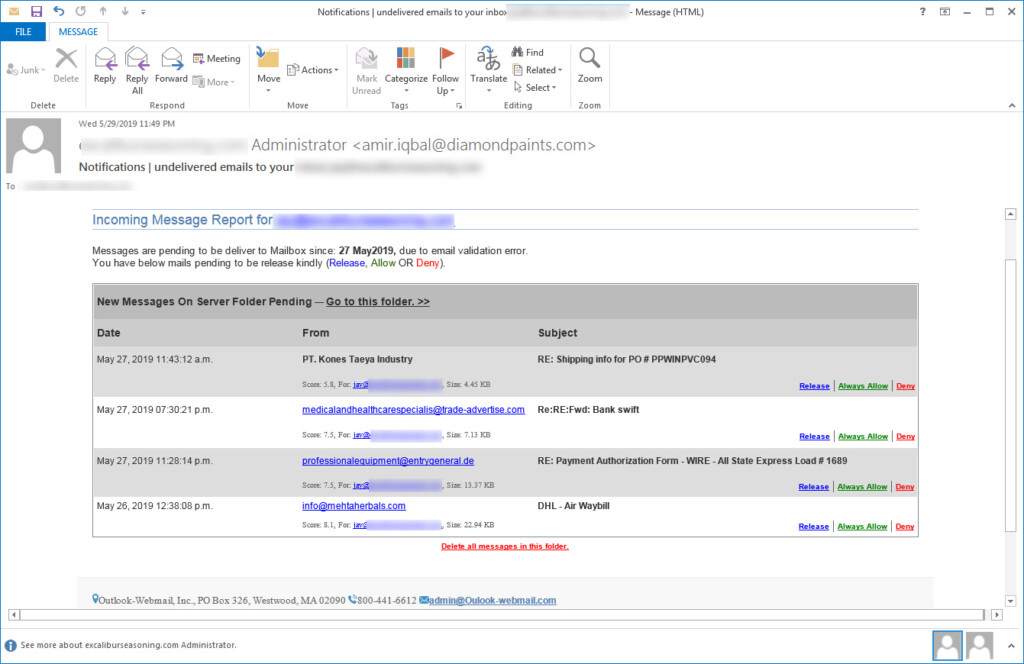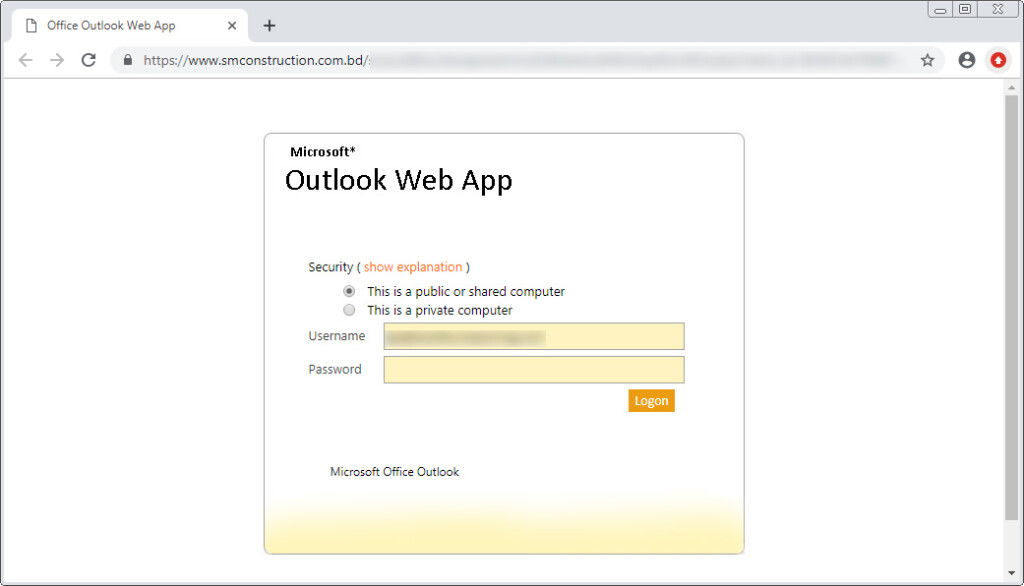New Phishing Scam Campaign Tricks You With Undelivered Email
- A new phishing campaign asks recipients to manage a set of undelivered email messages, before being asked for their email account credentials.
- The victims are directed to a phishing landing page that features an 'Outlook Web App' log-in form.
- Pay attention to the URL of websites asking for your usernames and passwords, as this is the most prominent clue of any phishing campaign.
The theme of any phishing campaign is always a critical factor in its success, as managing to convince individuals of something is the key to open the door of exploitation. Crooks have shown abundant inspiration, trying to fool their potential victims in manners that are very often unexpected. The latest topic of deception is the 'management of undelivered email messages,' which supposedly has to do with a set of messages that were meant to reach you, but didn’t, due to an email validation error. The scammers ask you to take some kind of management action, and that is the point where the problems begin.
Image source: bleepingcomputer.com
The recipient is presented with a short list of emails that are pending delivery and is prompted to choose whether they want to delete the emails, deny their delivery, allow it, or whitelist the senders’ addresses for future messages. All options hide the same link behind them, so clicking anything will take the victim to a fake 'Outlook Web App' landing page that is urging them to enter their login credentials. As the page is bogus, it’s all about phishing, so any usernames and passwords entered at this stage are stored on the malicious server so that the scammers can retrieve them later.
Image source: bleepingcomputer.com
For those who were already logged-in to their email service, being asked to connect to the platform again should ring a warning bell. The most obvious giveaway of them all though is the URL of the landing page which isn’t even remotely connected to Microsoft Outlook. Again, users should take a close look at this detail before entering their passwords anywhere. Usually, phishing scammers try to impersonate a known brand or a trustworthy technology company, but in this case, the crooks didn’t bother to do something about the URL. Finally, the sender of the phishing message doesn’t make any sense either, as 'diamondpaints' is a pretty random address that shouldn’t have anything to do with your emails in the first place.
Have you ever stepped on the trap of phishing scammers? Let us know of the details in the comments down below, and also on our socials, on Facebook and Twitter.

